Contact : +91-79045 61980 | Email: hydrofitengineers@gmail.com
Hydraulic Swivel elbow
Manufacturer in chennai
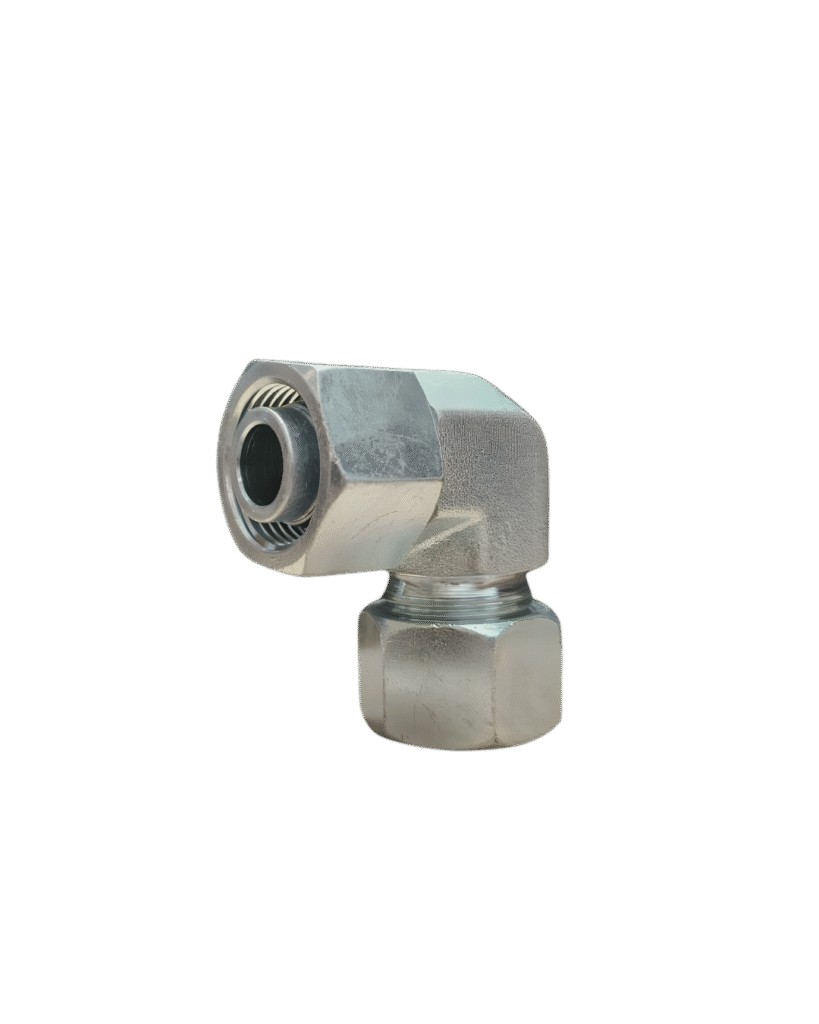
A hydraulic swivel elbow is an equipment for connecting two hoses or pipes within a hydraulic system and permitting rotation between them. You will get this sort of elbow at Hydrofit Engineers, which is often used in hydraulic systems to avoid twist or pressure and they are relatively compact. The swivel elbow avoids damage to the hoses or pipes and provides no twisting moment to the system.
This elbow is comprised of two pieces, the male side and the female side. The male fitting is mounted to one end of the hydraulic hose or tube, while the female fitting is mounted on the other end. Swivel Elbow is the important part of hydraulic fittings system. Find more hydraulic fittings products in Chennai. The two sockets are then interconnected by a swivel joint to permit relative movement between the two hoses or pipes.
The rotatable joint comprises a bearing, seal and retainer ring. The bearing is usually a ball or roller bearing to permit rotation between the two fittings. The seal keeps fluid from escaping the joint, and the retaining ring maintains the bearing and seal in position.
Buy Different Types of Hydraulic Swivel-Elbow
There are different kinds of Hydraulic swivel elbows being used for various applications. There are several factors to consider when choosing a swivel elbow, such as the size of hoses or pipes that are being joined together, water flow rate through the swivel joint, and the temperature under which they operate.
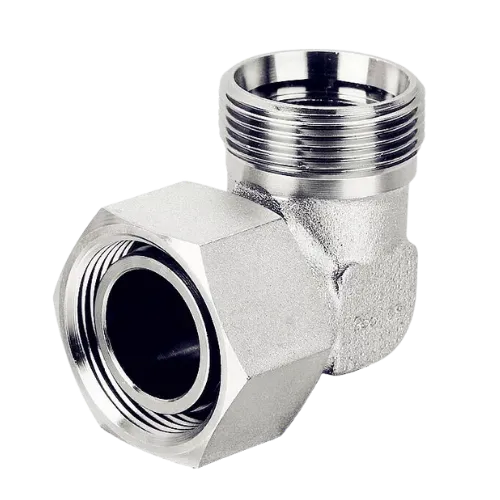
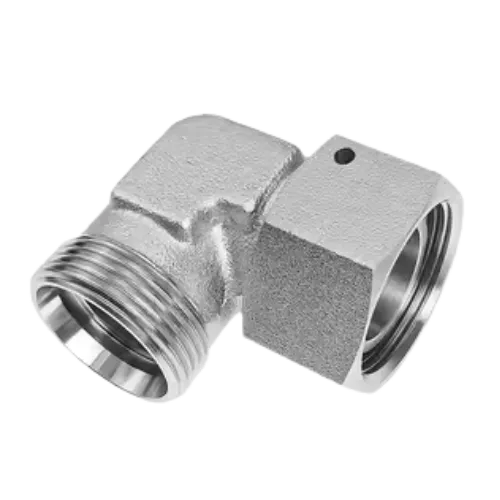
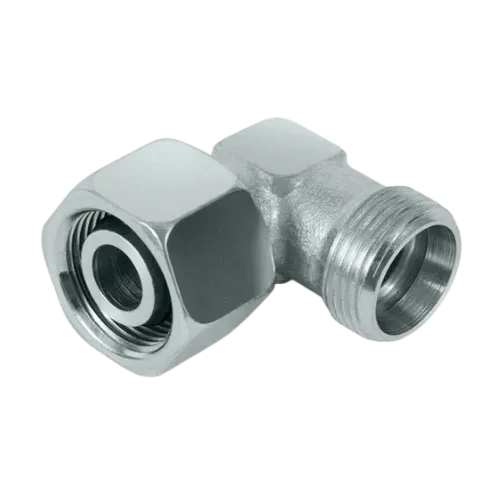
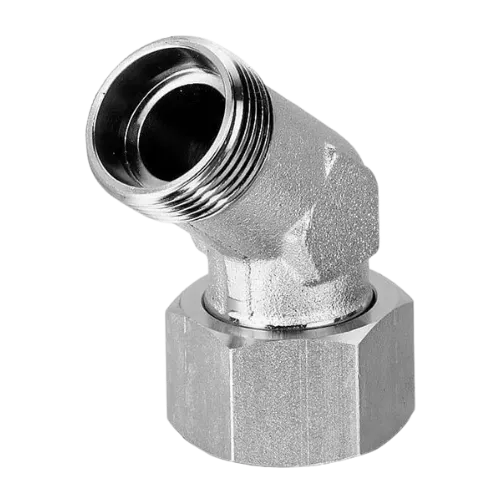
90-degree swivel elbow: It is a popular form of this elbow. This elbow is designed to join two hoses or pipes at an angle, enabling the hose or pipe to be rotated. 90-degree elbows are used in facilities that run the hoses at an angle for connections to a specific point, where not only are subdivision hydraulic equipment, such as construction machinery.
45-degree swivel elbow: Another popular style of hydraulic swivel elbow is the 45-degree swivel elbow. These types of elbow connectors are used for a 45-degree connection between two hoses or pipes with the ability to rotate on the connection. 45-degree elbows are commonly used for making 45-degree connections between hoses and pipes, as used in farming equipment hydraulic systems.
straight swivel elbow: The simple design of this elbow makes it suitable for general-purpose, non-coupling applications. Straight swivel elbows are used in applications where it is necessary to hook up hoses or pipes in a straight line that may still move or be twisted.
Material of Construction of Swivel-Elbow
There are a variety of materials that they can be made from, as well, along with the various styles of swivel elbows. Popular materials are like brass, steel and stainless steel. Material selection will be dependent upon the particular requirements of your application, including the type of fluid being transferred and the system operating conditions. You will find Brass compression fittings, stainless steel fittings at Hydrofit Engineers with best prices.
Get all type of hydraulic swivel elbow with us
Factors to Consider when Choosing a Swivel Elbow
There are many factors to consider when choosing a hydraulic swivel elbow to meet the specific requirements for your application. There are a few important things to keep in mind:
- Swivel elbow size: The size of the swivel elbow should match the diameter of the hoses or pipes. Selecting an wrong size can result in leaks or other problems.
- Pressure rating: The swivel elbow must be rated to the maximum pressure of the hydraulic system. Using an elbow with a lower pressure rating may not meet or exceed all of the system’s more flexible tubing for tight radius bends.
- Fluid compatibility: The swivel elbow must be compatible with the fluid that is being transferred. using a non-compatible elbow might result in corrosion or other problems.
- Operating conditions: The swivel elbow is expected to be able to operate under the conditions of the working environment, taking into account its temperature and humidity, as well as whether it will come in contact with corrosive gases or organic solvents.
